- English
- French
- German
- Portuguese
- Spanish
- Russian
- Japanese
- Korean
- Arabic
- Greek
- German
- Turkish
- Italian
- Danish
- Romanian
- Indonesian
- Czech
- Afrikaans
- Swedish
- Polish
- Basque
- Catalan
- Esperanto
- Hindi
- Lao
- Albanian
- Amharic
- Armenian
- Azerbaijani
- Belarusian
- Bengali
- Bosnian
- Bulgarian
- Cebuano
- Chichewa
- Corsican
- Croatian
- Dutch
- Estonian
- Filipino
- Finnish
- Frisian
- Galician
- Georgian
- Gujarati
- Haitian
- Hausa
- Hawaiian
- Hebrew
- Hmong
- Hungarian
- Icelandic
- Igbo
- Javanese
- Kannada
- Kazakh
- Khmer
- Kurdish
- Kyrgyz
- Latin
- Latvian
- Lithuanian
- Luxembou..
- Macedonian
- Malagasy
- Malay
- Malayalam
- Maltese
- Maori
- Marathi
- Mongolian
- Burmese
- Nepali
- Norwegian
- Pashto
- Persian
- Punjabi
- Serbian
- Sesotho
- Sinhala
- Slovak
- Slovenian
- Somali
- Samoan
- Scots Gaelic
- Shona
- Sindhi
- Sundanese
- Swahili
- Tajik
- Tamil
- Telugu
- Thai
- Ukrainian
- Urdu
- Uzbek
- Vietnamese
- Welsh
- Xhosa
- Yiddish
- Yoruba
- Zulu
What is a Dia 10mm Titanium Rod used for in Medicine?
2025-03-20 15:39:41
A Dia 10mm Titanium Rod In Medical is a medical device commonly used in orthopedic and spinal surgeries. This rod, made from high-grade titanium and measuring 10 millimeters in diameter, serves as a crucial component in various medical procedures, particularly those involving skeletal reconstruction and stabilization. Titanium is chosen for its biocompatibility, strength, and lightweight properties, making it an ideal material for implants that need to withstand significant stress while remaining in the body for extended periods.
|
|
|
How is a 10mm Titanium Rod used in spinal fusion surgery?
Spinal fusion surgery is one of the primary applications for 10mm titanium rods in medicine. This procedure is typically performed to treat conditions such as degenerative disc disease, scoliosis, spinal stenosis, or fractures. The titanium rod plays a crucial role in stabilizing the spine and promoting proper fusion of the vertebrae.
During a spinal fusion surgery, the surgeon first addresses the underlying issue, such as removing a damaged disc or correcting spinal alignment. Then, the 10mm titanium rod is carefully positioned along the spine, usually in pairs, one on each side of the vertebrae. These rods are secured to the spine using specialized screws, hooks, or wires, creating a stable framework that holds the vertebrae in the correct position.
The Dia 10mm Titanium Rod In Medical serves several purposes in this context:
- Stabilization: It provides immediate stability to the affected spinal segment, preventing unwanted movement that could interfere with healing.
- Alignment Maintenance: The rod helps maintain the corrected spinal alignment, which is especially important in cases of scoliosis or other deformities.
- Fusion Support: By keeping the vertebrae in place, the rod creates an optimal environment for bone graft material to grow and fuse the vertebrae together.
- Load Distribution: The rod helps distribute the mechanical load across the fused segment, reducing stress on individual vertebrae.
The 10mm diameter of the rod is chosen based on the patient's size, the specific spinal region being treated, and the amount of support required. This size offers a good balance between strength and flexibility, allowing for natural spinal movement while providing necessary support.
Post-surgery, patients typically undergo a recovery period during which the bone graft fuses the vertebrae. The titanium rod remains in place permanently in most cases, continuing to provide stability and support to the spine. The biocompatibility of titanium ensures that the rod integrates well with the surrounding tissue, minimizing the risk of rejection or adverse reactions.
What role does a 10mm Titanium Rod play in orthopedic trauma surgery?
In orthopedic trauma surgery, 10mm titanium rods are invaluable tools for treating severe fractures, particularly in long bones such as the femur or tibia. These rods, also known as intramedullary nails, are inserted into the medullary cavity of the bone to provide internal support and stabilization during the healing process.
The use of Dia 10mm Titanium Rod In Medical in trauma surgery offers several advantages:
- Strength: The 10mm diameter provides sufficient strength to support the bone during healing, even in weight-bearing bones like the femur.
- Minimally Invasive: Intramedullary nailing often requires smaller incisions compared to traditional plate and screw fixation, potentially leading to faster recovery and reduced risk of infection.
- Early Mobilization: The stability provided by the rod often allows patients to begin weight-bearing activities sooner, which can be beneficial for overall recovery and prevention of complications like muscle atrophy.
- Durability: Titanium's corrosion resistance and strength make it suitable for long-term implantation if needed.
The procedure for inserting a 10mm titanium rod in trauma surgery typically involves the following steps:
- Fracture Reduction: The surgeon aligns the broken bone segments as closely as possible to their natural position.
- Rod Insertion: A small incision is made, and the rod is carefully inserted into the medullary cavity, spanning the length of the fracture.
- Fixation: The rod is secured at both ends using screws to prevent rotation and maintain proper alignment.
- Closure: The incision is closed, and the patient begins the recovery process.
The 10mm titanium rod provides immediate stability to the fractured bone, allowing for early mobilization and reducing the risk of malunion or non-union. As the bone heals, the rod continues to provide support, gradually sharing the load with the healing bone tissue. In many cases, the rod can be left in place indefinitely without causing issues, thanks to titanium's biocompatibility.
|
|
|
Can 10mm Titanium Rods be used in pediatric orthopedic procedures?
While 10mm titanium rods are commonly used in adult orthopedic procedures, their application in pediatric orthopedics requires careful consideration. The use of these rods in children and adolescents is less common but not unheard of, particularly in cases of severe spinal deformities or complex fractures in older children or teenagers.
In pediatric orthopedics, the primary challenge is accommodating for growth. Children's bones are still growing, and using rigid fixation devices like 10mm titanium rods can potentially interfere with normal bone development. However, in certain situations, the benefits of using these rods may outweigh the potential risks.
Some scenarios where 10mm titanium rods might be considered in pediatric orthopedics include:
- Severe Scoliosis: In cases of progressive, severe spinal curvature that doesn't respond to conservative treatments, spinal fusion with titanium rods may be necessary to prevent further deformity and associated health problems.
- Complex Fractures: For older children or adolescents with fractures in weight-bearing bones, a 10mm titanium rod may provide the necessary support for proper healing.
- Limb Salvage Procedures: In cases of bone cancer or severe trauma, Dia 10mm Titanium Rod In Medical may be used as part of reconstructive surgery to preserve limb function.
When using 10mm titanium rods in pediatric patients, surgeons must carefully consider several factors:
- Growth Potential: The placement and length of the rod must account for the child's remaining growth to minimize interference with normal development.
- Bone Size: The 10mm diameter may be too large for smaller children, necessitating the use of smaller diameter rods.
- Future Procedures: The potential need for future surgeries to adjust or remove the rod as the child grows must be considered.
- Alternative Technologies: In some cases, expandable or growth-friendly implants may be more appropriate for pediatric patients.
Despite these challenges, advancements in surgical techniques and implant technologies have expanded the use of titanium rods in pediatric orthopedics. For instance, in cases of early-onset scoliosis, specialized growing rod systems have been developed. These systems, which may incorporate 10mm titanium rods, allow for periodic lengthening to accommodate growth while maintaining spinal correction.
It's important to note that the decision to use Dia 10mm Titanium Rod In Medical in pediatric patients is made on a case-by-case basis, considering the child's age, condition, expected growth, and overall health. Close monitoring and follow-up are essential to ensure the best possible outcomes and to address any potential complications promptly.
At SHAANXI CXMET TECHNOLOGY CO., LTD, we take pride in our extensive product range, which caters to diverse customer needs. Our company is equipped with outstanding production and processing capabilities, ensuring the high quality and precision of our products. We are committed to innovation and continuously strive to develop new products, keeping us at the forefront of our industry. With leading technological development capabilities, we are able to adapt and evolve in a rapidly changing market. Furthermore, we offer customized solutions to meet the specific requirements of our clients. If you are interested in our products or wish to learn more about the intricate details of our offerings, please do not hesitate to contact us at sales@cxmet.com. Our team is always ready to assist you.
|
|
|
|
References
1. Vaccaro, A. R., & Albert, T. J. (2018). Spine surgery: Techniques, complication avoidance, and management. Elsevier Health Sciences.
2. Parikh, S. N., & Garg, S. (2011). Intramedullary nailing for pediatric femur fractures. Journal of the American Academy of Orthopaedic Surgeons, 19(8), 472-481.
3. Titanium for Medical Applications. (2021). American Elements.
4. Lykissas, M. G., & Crawford, A. H. (2013). Growing spine technology: Growth-friendly spinal implants. Orthopedic Clinics, 44(4), 545-552.
5. Steinmetz, M. P., & Benzel, E. C. (2016). Benzel's spine surgery: Techniques, complication avoidance, and management. Elsevier Health Sciences.
6. Bridwell, K. H., & DeWald, R. L. (2019). The textbook of spinal surgery. Lippincott Williams & Wilkins.







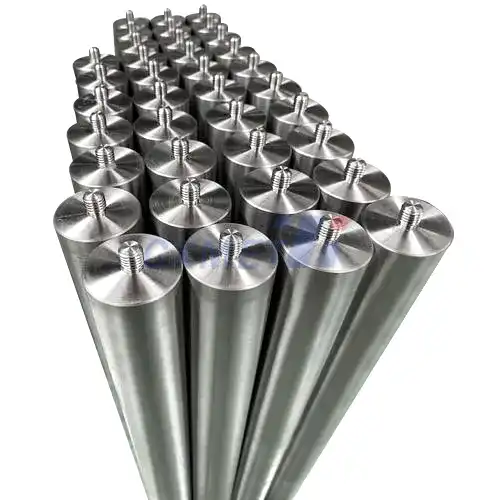
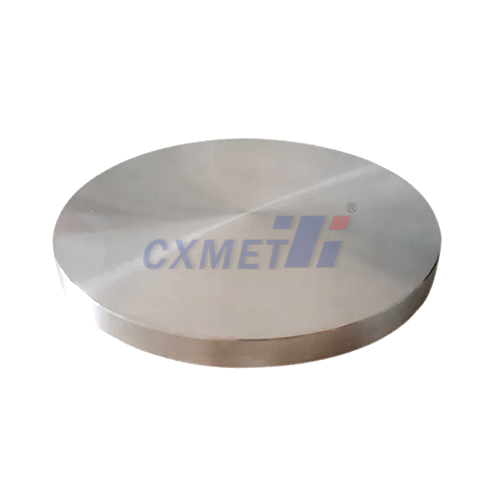
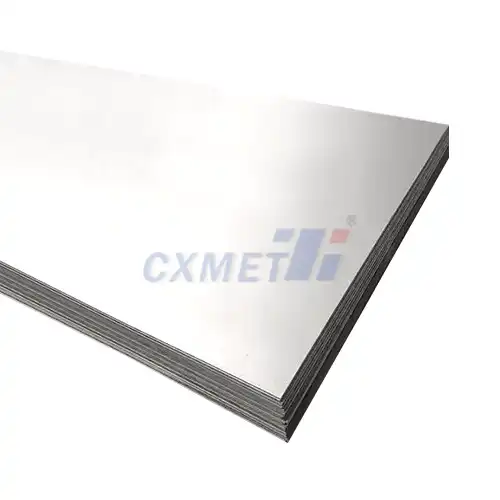
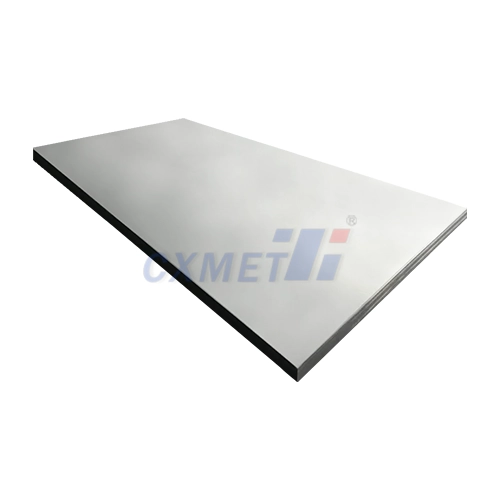
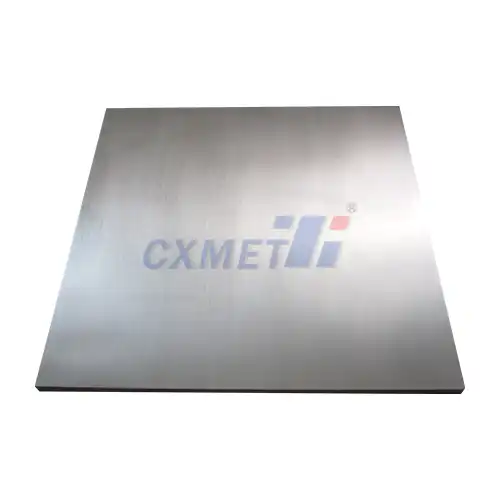
.webp)